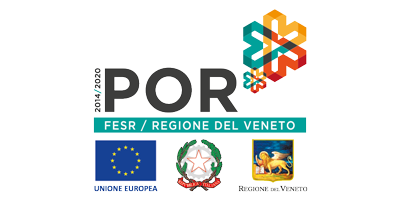Editorials
How to increase flowering and fruit set and reduce premature fruit fall
01/06/2016
The final yield of crops depends on both genetic and environmental factors, which can modify the normal physiological processes of plants. A plant may fail to produce as expected when, since the very start, it suffers from stunted growth (because of the soil type or water and nutritional deficiencies) and other external factors negatively affect the processes of flowering and fruit set, that is, the formation of fruits destined to mature.
Flowering and fruit set are also affected by genetic and environmental factors, among which the “photoperiod” (proper number of daily light hours, which allow meristem cells to proliferate and differentiate between flowers and inflorescences), temperature, the presence of nutrients and the balance of enzymatic and hormonal systems, necessary to stimulate the fruit set process.
IN THE GREENHOUSE AND IN OPEN FIELD
In a protected environment, the farmer has more tools available to adjust, through proper lightning systems, temperature and humidity. In an open field, on the contrary, priority must be given to ensuring simultaneous flowering (eventually leading to simultaneous harvest) and increased fruit set, making sure that all fruits become mature in an optimal manner. In case of excessive fruit set, in fact, the plant autonomously chooses the number of fruits to mature, dropping those in excess or limiting their growth. The practice of thinning, performed by the farmer, has also the aim of maturing fewer but better fruits.
THE ILSA NATURAL BIOSTIMULANTS FOR FRUITLET DEVELOPMENT
Today there are, much more than before, natural tools promoting a balance between vegetative (development and flowering) and reproductive (fruit set and fruit development) stages, providing sufficient energy to support flowers and fruits. These natural biostimulants regulate the distribution of nutrients and positively stimulate all the stages leading to early fruitlet development.
So, which are the compounds that positively affect this balance, limiting negative environmental factors? Triacontanol, phenolic compounds, fucoidans, laminarins, plant hormones and specific amino acids for the vegetative and flowering/fruit set stages, such as proline, glutamic acid and glycine. Not to mention boron, a crucial element for pollen fertility and fecundation (development of the pollen tube).
THE ILSA SOLUTION SET
For this, ILSA has developed a specific set of products to regulate flowering and increase fruit set and the final yield of crops, through foliar and fertigation applications:
ILSAVEGETUS and ILSAMIN BORO, applied through leaves, combine a positive action on plant primary metabolism with fruit set stimulation. The triacontanol, phenolic extracts and plant amino acids of ILSAVEGETUS stimulate the activity of the enzymes regulating the main reactions of carbon and nitrogen metabolism, so aiding photosynthesis, flowering and fruit set even in times of stress. The combination with ILSAMIN BORO, based on amino acids, peptides and boron from ethanolamine (the most assimilable form of boron for the plant), allows a winning strategy by foliar application.
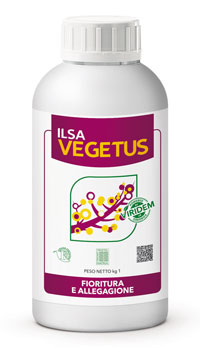
.jpg)
ILSAGIRMA and ILSASTIMSET, applied through roots, individually or combined with each other, support the growth of fruits in the early stages, so limiting flower abortion and millerandage in vines and, in general, the formation and premature fall of small fruits. The presence of algae extracts (fucoidans and laminarins), amino acids and other plant extracts, positively stimulates the vegetative/productive activity, regulating the distribution of nutrients inside the plant and allowing it to mature a greater number of fruits.
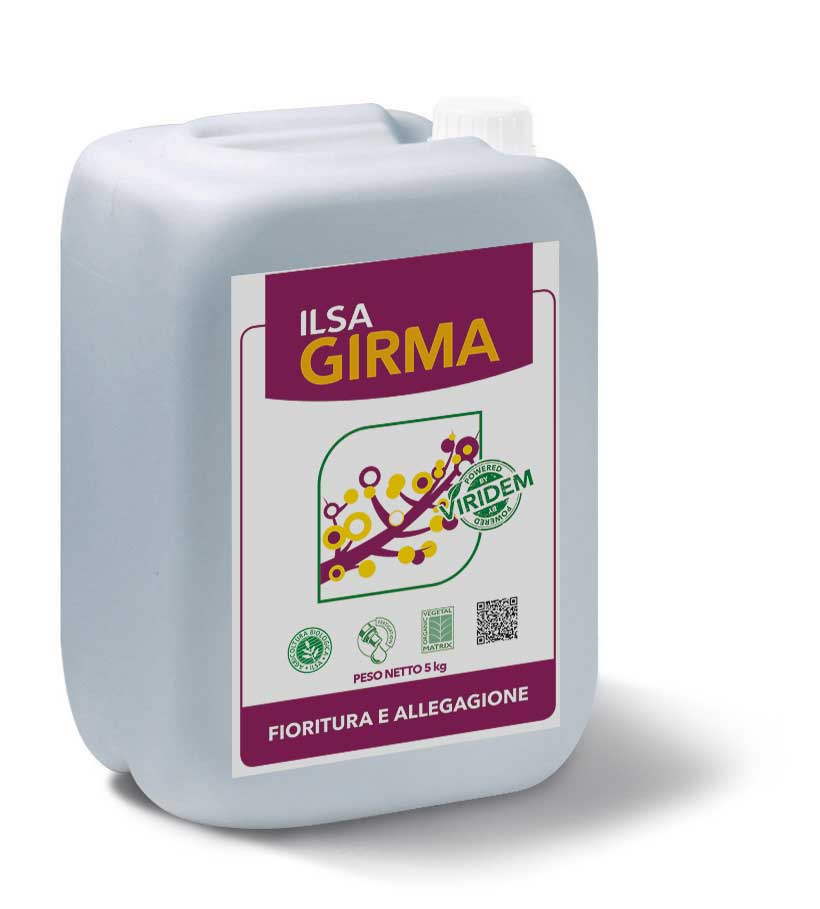

The results obtained in recent years on vine, plum, cherry, apple tree and other fruit crops, in terms of the maximum number of apple fruits, lower cake of fruit and more yield, represent the guarantee for farmers. For more information on testing, visit www.ilsagroup.com in the specific section dedicated to the crops.

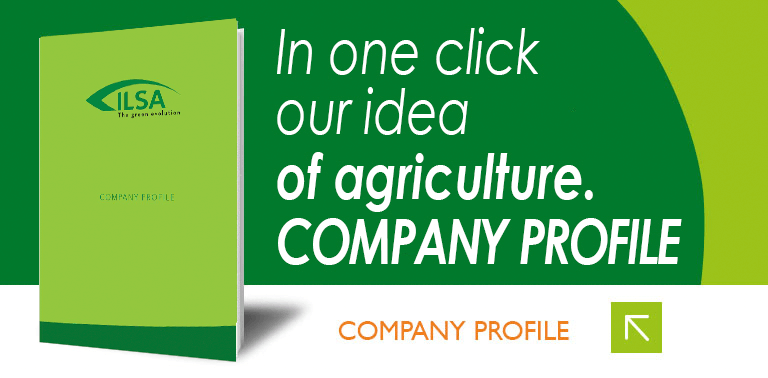

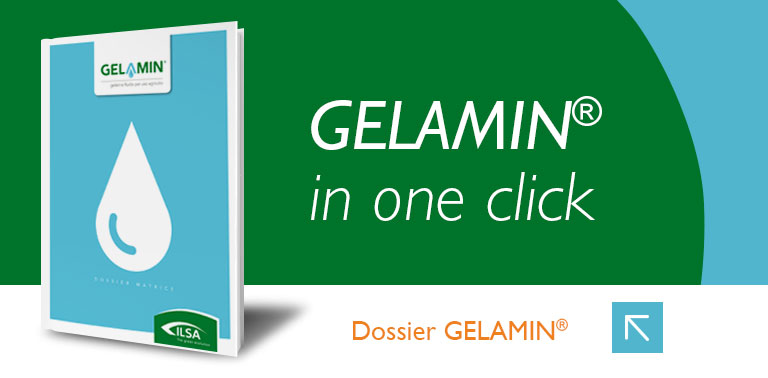
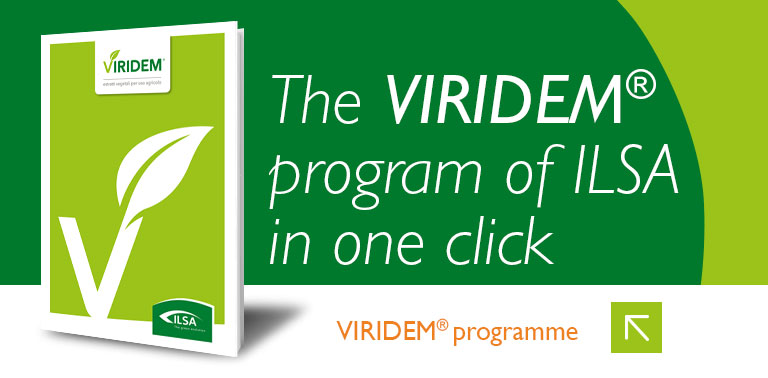

.png)
